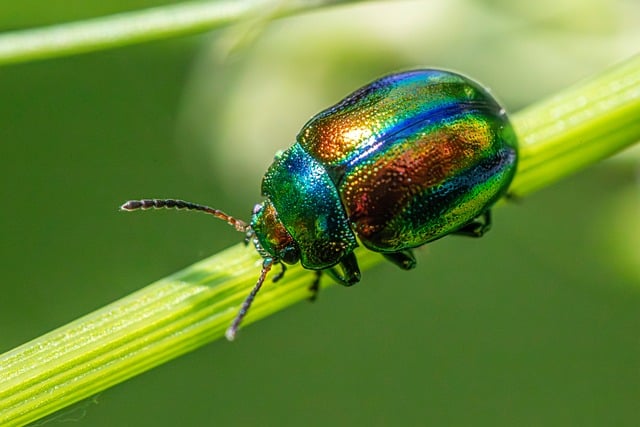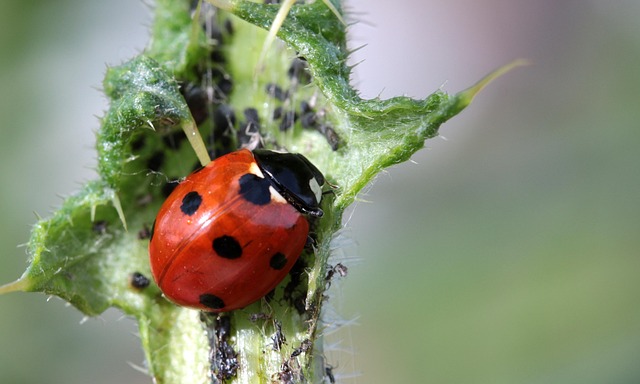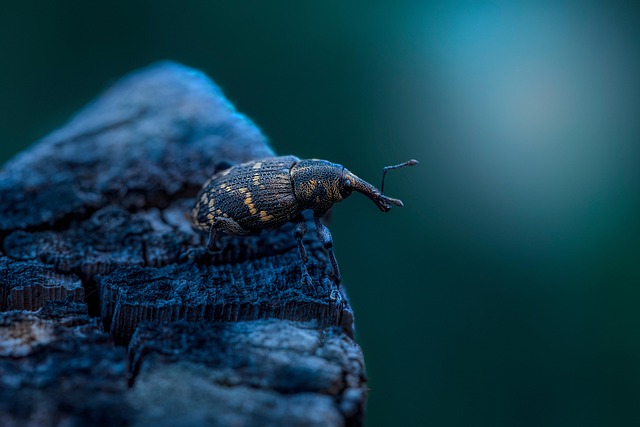Understanding spider behavior is crucial for effective pest control in Littleton homes, as infestations often go unnoticed. Common house spiders like the American house spider and black widow require distinct strategies. Identify an infestation through webbing, holes in fabrics, or visible spiders. Conduct regular inspections during cooler months when spiders seek warmer environments. Act swiftly if you suspect an infestation and consider professional pest control services for tailored solutions offering both short-term relief and long-term prevention. To identify a spider infestation, look for symmetrical web patterns, small holes in fabrics or bedding, musty odors, scuttling sounds, and egg sacs. Regular inspections during fall and winter are crucial for early detection, allowing prompt action to suppress the problem. Prevent infestations by sealing entry points, regularly cleaning your home and yard, and using natural repellents like citrus oils or lavender.
In the cozy surroundings of Littleton homes, spider infestations can often go unnoticed until they become prevalent. Understanding these eight-legged residents is key to effective pest control. This article equips you with insights on identifying signs of a spider presence and offers practical strategies for suppression and prevention. Learn how to recognize a spider infestation in your Littleton home early on and take back control over your living space.
- Understanding Spider Infestations: Types and Behavior in Littleton Homes
- Identifying Signs of a Spider Presence in Your Yard and House
- Effective Pest Control Strategies for Spider Suppression and Prevention
Understanding Spider Infestations: Types and Behavior in Littleton Homes

Spider infestations can often go unnoticed, but understanding their behavior and types is crucial for effective pest control in your Littleton home. Common house spiders include the American house spider, which spins intricate webbing in corners and along ceilings, and the black widow, known for its distinctive red mark on the abdomen—a dangerous species requiring immediate attention. Identifying a spider infestation involves looking for telltale signs like webbing in secluded areas, small holes in fabrics or curtains, and actual spiders visible to the naked eye.
Regular inspections are key to early detection, especially during cooler months when spiders seek warmer indoor environments. If you suspect an infestation, act swiftly. Professional pest control services can provide tailored solutions, offering both short-term relief and long-term prevention strategies to keep your home spider-free.
Identifying Signs of a Spider Presence in Your Yard and House

If you suspect a spider infestation in your Littleton home, it’s crucial to recognize the signs early on. Keep an eye out for irregular web patterns, especially in corners, behind appliances, and beneath furniture. Spiders tend to construct webs that show distinct symmetry and are carefully crafted, unlike those made by other insects or arachnids. Additionally, look for small holes in fabrics, curtains, or bedding, which could indicate spider activity.
Inside your house, pay attention to musty odors or the sound of scuttling beneath floors or within walls. Spiders often leave behind a distinct scent, and their movement can be noticed by vibrations or the occasional sight of them darting across surfaces. Outside, check for egg sacs, small silken structures that resemble balls or masses, tucked away in crevices, plants, or tree branches. Regular inspections, especially during fall and winter when spiders seek warmer environments, can help you determine if a spider infestation is present and allow for prompt action to suppress the problem.
Effective Pest Control Strategies for Spider Suppression and Prevention

Identifying a spider infestation in your Littleton home is the first step towards effective spider suppression. Keep an eye out for telltale signs such as webbing in corners, cracks, and dark spaces. Spiders often build their webs in areas that are undisturbed and have easy access to prey. Regularly inspect your basement, attic, and crawl spaces for any signs of webs or tiny holes, which could indicate the presence of spider eggs or young. Additionally, look out for actual spiders, especially during the warmer months when they’re most active.
To prevent a spider infestation, take proactive measures by sealing entry points such as gaps in walls, windows, and doors. Regularly clean your home, particularly areas prone to spider activity, to remove webs and food sources. Keep your yard tidy by removing clutter and trimming bushes to minimize hiding spots for spiders. Using natural repellents like citrus oils or lavender can also help deter them from entering your home.
Understanding spider behavior is key to effective pest control. By identifying signs of an infestation early, homeowners in Littleton can take proactive steps to prevent and suppress spiders. Implementing the right strategies, such as sealing entry points, maintaining cleanliness, and using safe, targeted treatments, will help keep your home and yard free from these arachnids. Remember, swift action is crucial when dealing with spider infestations to protect your family and property.
